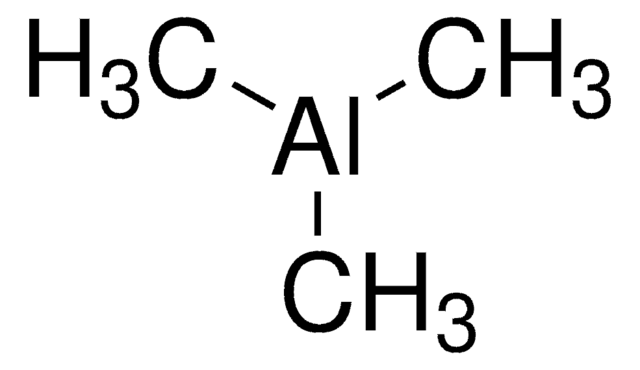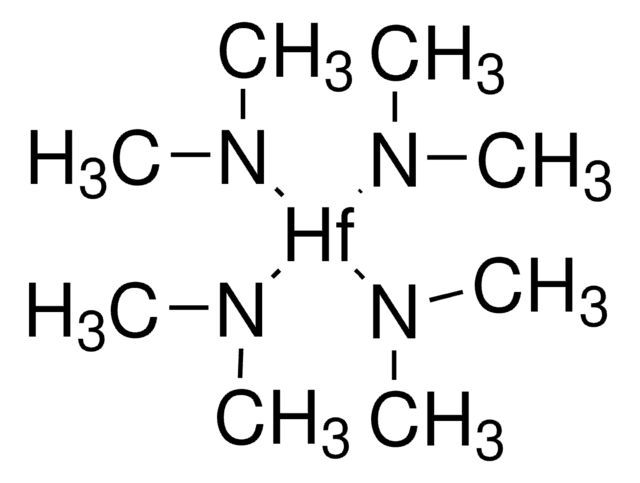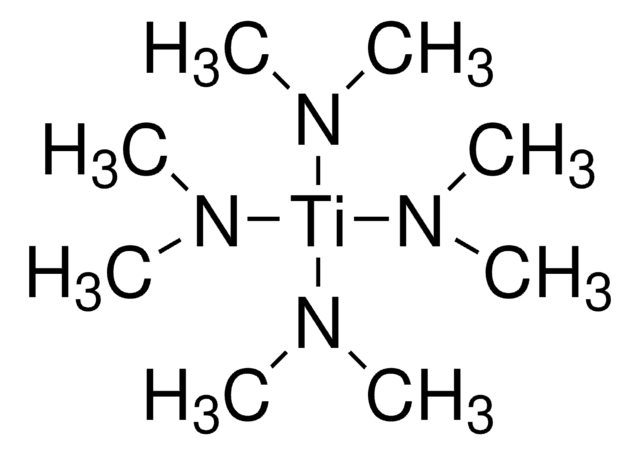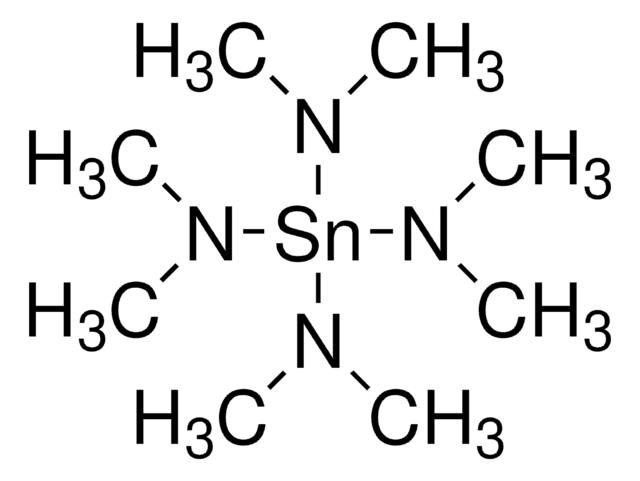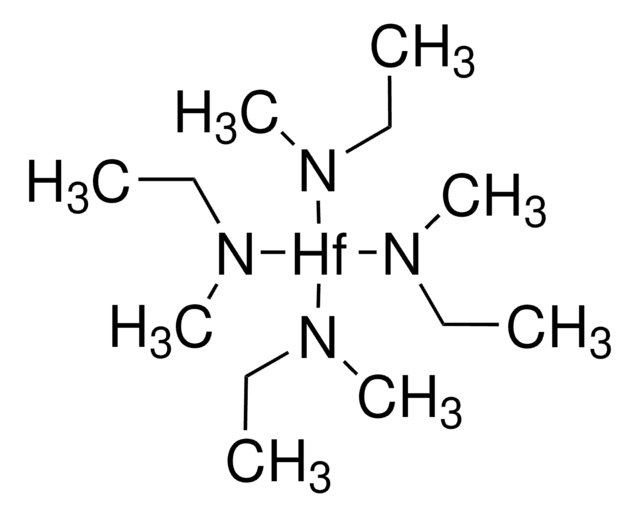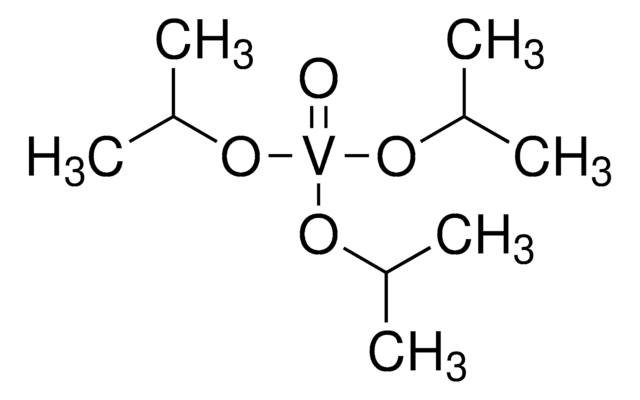668729
Diethylzinc
packaged for use in deposition systems
Synonym(s):
DEZn, Et2Zn, DEZ, Zincdiethyl
About This Item
Recommended Products
form
liquid
refractive index
n20/D 1.498 (lit.)
bp
117 °C (lit.)
mp
−28 °C (lit.)
density
1.205 g/mL at 25 °C (lit.)
SMILES string
CC[Zn]CC
InChI
1S/2C2H5.Zn/c2*1-2;/h2*1H2,2H3;
InChI key
HQWPLXHWEZZGKY-UHFFFAOYSA-N
Looking for similar products? Visit Product Comparison Guide
Related Categories
General description
Application
Signal Word
Danger
Hazard Statements
Precautionary Statements
Hazard Classifications
Aquatic Acute 1 - Aquatic Chronic 1 - Eye Dam. 1 - Pyr. Liq. 1 - Skin Corr. 1B - Water-react 1
Supplementary Hazards
Storage Class Code
4.2 - Pyrophoric and self-heating hazardous materials
WGK
WGK 3
Flash Point(F)
Not applicable
Flash Point(C)
Not applicable
Personal Protective Equipment
Choose from one of the most recent versions:
Already Own This Product?
Find documentation for the products that you have recently purchased in the Document Library.
Customers Also Viewed
Articles
Molecular Layer Deposition of Organic and Hybrid Organic-Inorganic Polymers
igma-Aldrich.com presents an article regarding the savannah ALD system - an excellent tool for atomic layer deposition.
Dye-Sensitized and Perovskite Solar Cells: Interface Engineering by Atomic Layer Deposition
Nanomaterials are considered a route to the innovations required for large-scale implementation of renewable energy technologies in society to make our life sustainable.
Our team of scientists has experience in all areas of research including Life Science, Material Science, Chemical Synthesis, Chromatography, Analytical and many others.
Contact Technical Service
